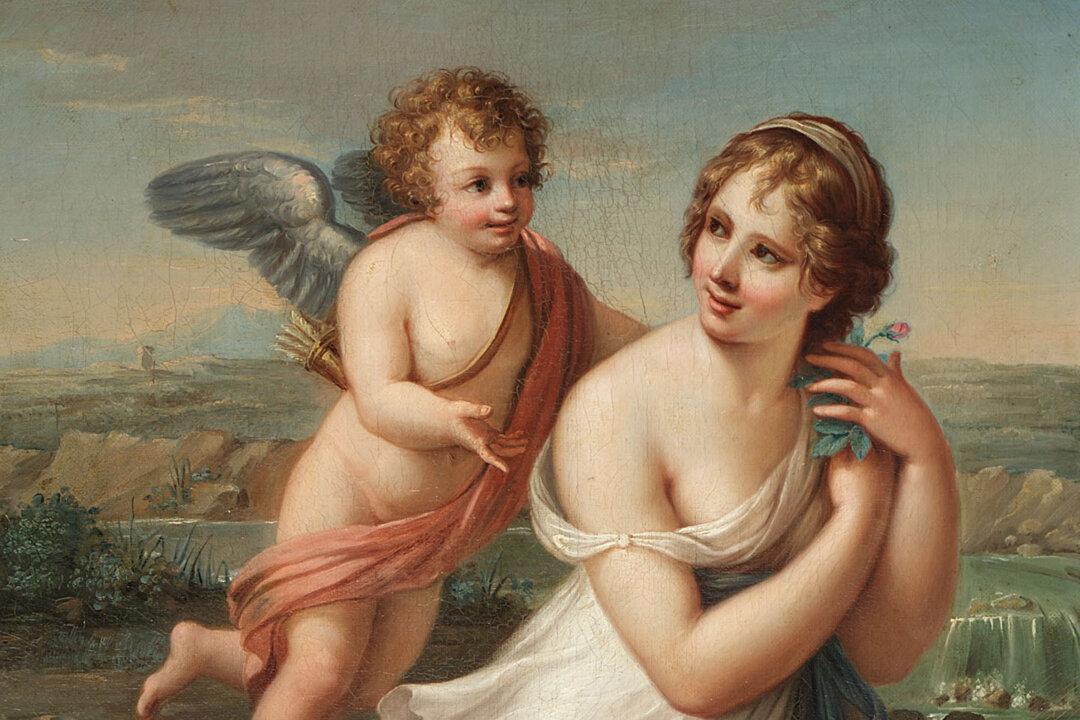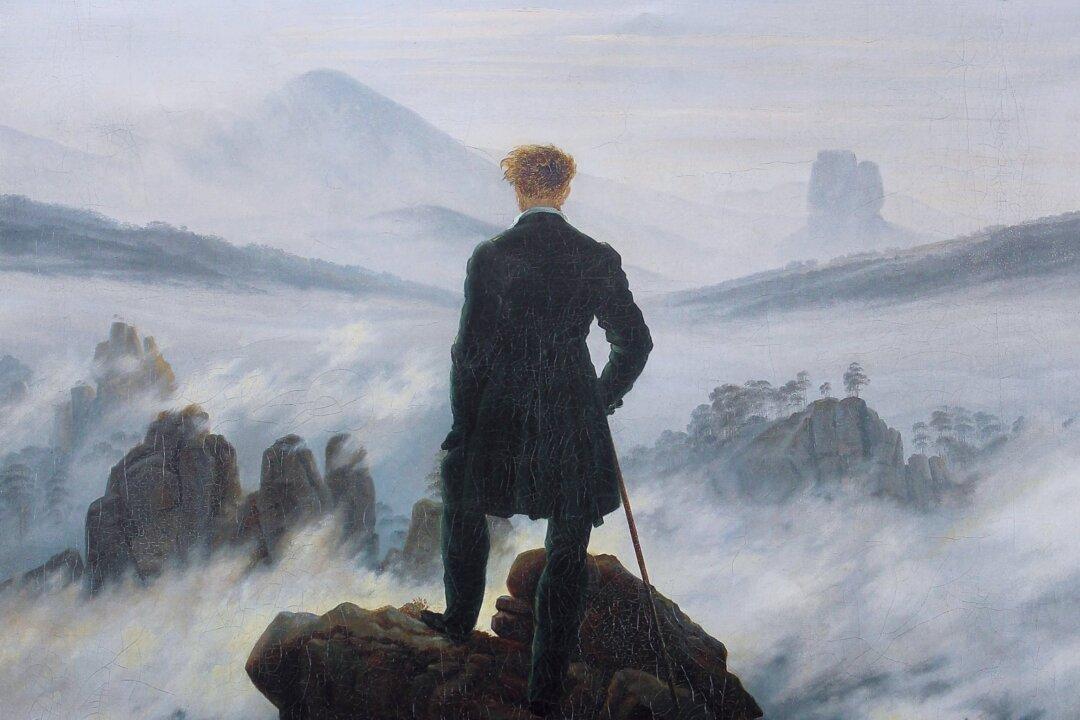A sample of paintings by 19th-century French artist William-Adolphe Bouguereau expresses a talent fascinated by the tender beauty of motherhood. Regarded today as one of the best painters of human anatomy, he breathed life into his figures by capturing the subtle nuances of personality and mood.
Bouguereau’s appreciation for young mothers reached a classical reverence nowhere clearer than in his series, devoted to the theme, beginning in 1865. The artist saw motherhood as an expression of nature. With an eye toward feminine beauty, rustic country life, and childhood innocence, he affectionately depicted a fulfilled mother’s devotion toward her angelic child as the subject of many of his esteemed compositions.




